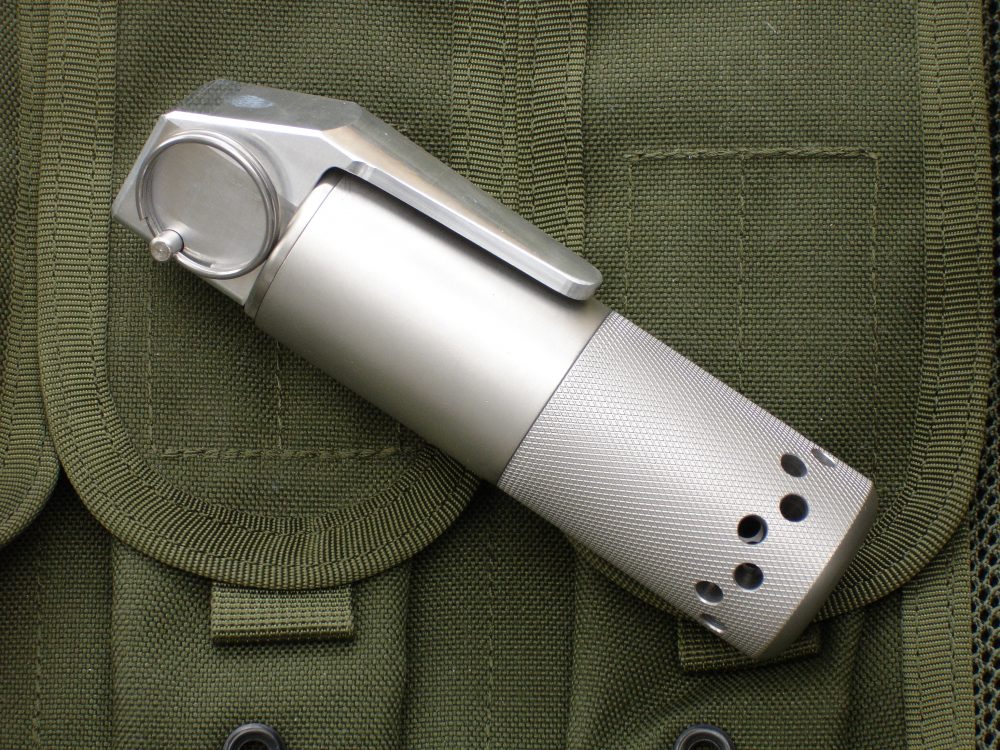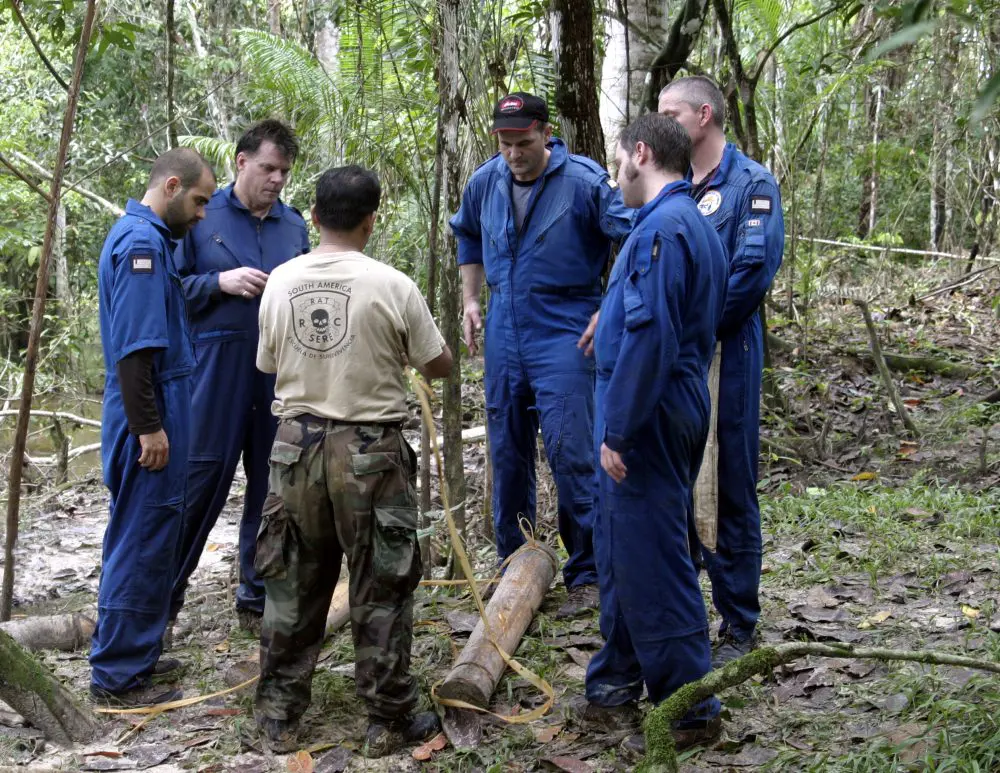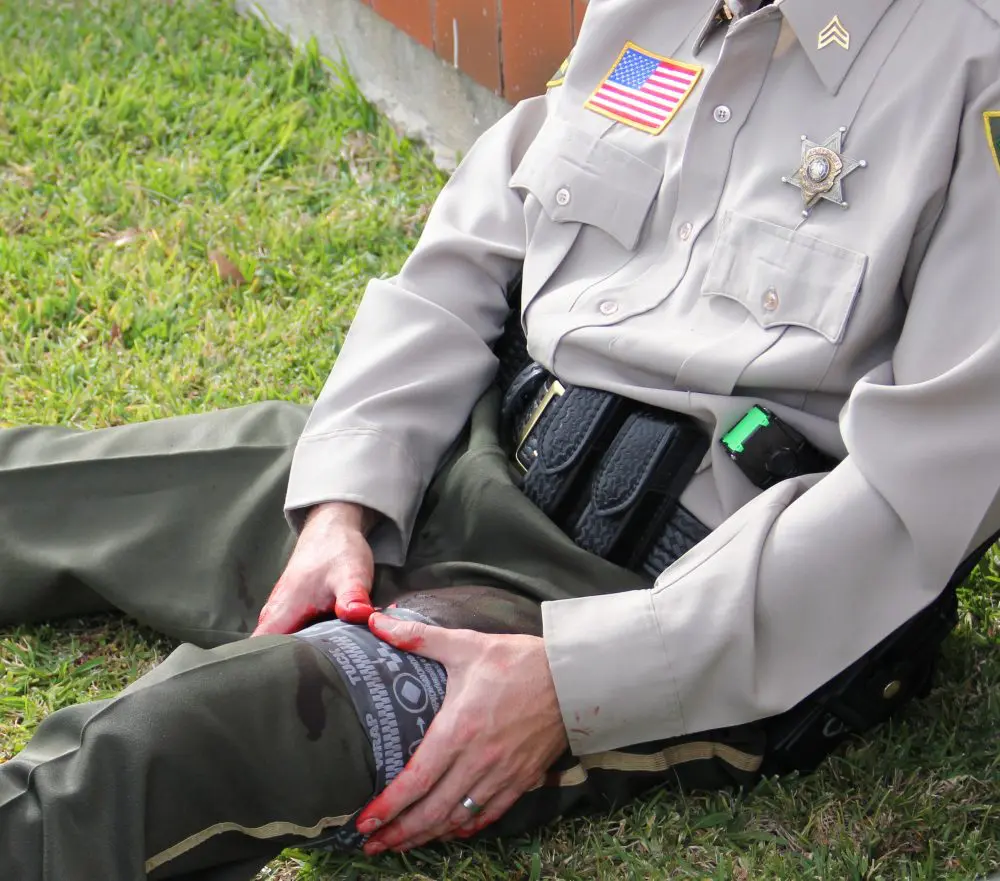For many individuals, as well as for many agencies, “a” way to do something becomes “the” way to do it—the only way. Once we learn something and really adopt it as our own, it can be difficult to change.
This is particularly true at law enforcement agencies. One generation of instructors selects the next generation from those who have best learned and internalized the way they were taught. As this process continues, concepts, tactics and techniques harden into, “The way we always do it”—from doctrine to dogma, beyond the reach of any question.
I was reminded of this while reviewing some old, old notes from a firearms class I attended back in 19 mumble-mumble. It was taught by a Senior FBI Firearms Instructor who had probably joined the Bureau right after World War II. He was explaining the FBI Crouch, “the” way to shoot from seven yards, and I can hear him to this day:
“You step to your left, as the bad guys are right handed and will miss to your right. You crouch down to make a smaller target. You lean forward, so when you are hit, you will fall forward, and you put your left hand in front of your heart, to stop the one that’s going to get ya!”
I have never really been intimidated, and even as a new agent with another agency, I refused to accept things without thinking them through. So, in all innocence, I asked a question: “Does that mean if the bad guy puts his left arm out, it will stop my round that’s going to get him?”
The response is not suitable for publication, but let’s leave it at just short of a nuclear blast—along the lines of, “How dare you question the august instructors of the FBI, who have gone in harm’s way more times than you’ve gone to the bathroom? Exactly who do you think you are?”
I am and always have been an analytical thinker who can apply logic to a problem. I try to apply the scientific method to every problem, developing a thesis and then a test to see if the thesis is correct. I can also accept when I am shown to be wrong. In fact, that’s how I went bald, slapping my forehead when someone, often one of my students, said, “Why don’t you do it this way?”
When I was teaching at the Tucson Customs Academy, we always put a pencil on the podium so we could write these “better ideas,” these “why nots” directly on our lesson plans. Our lesson plans evolved with every class.
Though I did use the FBI as an example, I am not singling them out as particularly “stuck in a groove.” My agency had its own “This is the way we do it” ideas—some good, some bad. And over time, all of us, including the FBI and my former agency, changed. How? Accepting that there are folks out there with other, perhaps as good or even better ideas.
One way to break out of the ruts in firearms training is to attend a variety of schools taught by a variety of instructors. You may really like what instructor A teaches. It may suit you to a tee. But go take a class from instructors B and C. You may find some elements they teach that work better for you.
Perhaps the best examples of this are our Special Operations warriors. When they are not on missions or standing by for an emergency, they are training. They send members to all kinds of training schools, and then they get together when they return. They discuss the tactics and techniques they have learned, adopting some, discarding others. Thus they are constantly on the leading edge of what works for their particular missions. (By the way, this explains why so many trainers can boast that they “train Navy SEALs and Special Forces.”)
One size certainly does not fit all. I took one class where the slim, flexible instructor assumed positions my body could never contort into, as I have never been either slim or flexible. Yet he insisted it was “the way, the only way,” to solve a particular shooting problem. Not for me, bucko!
We are not all built alike (which is a good thing), nor are we equally flexible, and our flexibility and body shape tend to change with age.
It’s not just age that causes changes—paying attention with an open mind helps too.
I first saw what is now called “rollover prone” demonstrated in a match by a private citizen. As soon as his targets were scored, I corralled him and made him teach me the technique. I found it worked well for me, and promptly added it to my “remember this” file and my lesson plan at work.
In the same way, another non-LE local guy showed me that, when shooting more than one target under a low barrier like a car, lying on my support side allowed more movement of the gun than lying on my shooting side—another addition to the “remember this” file.
Perhaps one of the best examples of alternate methods came to my attention when we received some temporary assistance from agents from other parts of the country. I was partnered with an agent from back East who was somewhat round. No criticism intended. I have too much “relaxed muscle” myself!
We were checking an area and came to a barbed-wire fence. I had been taught to climb over the fence at the nearest stout fencepost or crawl under the bottom strand, and I proceeded to do so. My new partner laid down parallel to the fence and asked me to raise the bottom strand. As I did so, he rolled under the fence and stood up. Two completely different techniques with exactly the same result—we were both on the other side of the fence.
Sometimes non-verbal communication makes all the difference. When I was the lead firearms instructor at our academy, I had at least four other instructors to assist me. We took a break every 20 minutes, and the instructors shifted to the next five students. More times than we could count, the “new” instructor would say word for word what the previous instructor had said, only to have a student exclaim, “Oh, that’s what he meant!” So I said, “Now press the trigger,” and the students shot a gaggle, not a group. The next instructor said, “Now press the trigger,” and a group appeared on the target!
The more dynamic the event, the more ways there are to solve the problem—and not just shooting problems. All kinds of problems can be solved with out of the box thinking.
When needing to arrest someone on a warrant, we moved away from going into their homes and started arresting them using car stops or when they were on foot. Why? Everyone is most likely to have a weapon at home, less likely to have one in their car, and least likely to carry one on their person all the time.
If justified, we could obtain a search warrant for the home later, while the suspect was in custody. This made things safer for us and the bad guys—a win-win situation. Being open to new ideas, tactics and tools can save time, ammo, money, and most importantly, lives!
If you work where tradition has made “a” way into “the” way, get out, break the mold, and try different tactics and techniques. It may not be a job requirement, it may be that your training has ossified into “the” way you do things. I learned it, I know it, why should I change it?
I am not advocating change for the sake of change—only if it shows an improvement. It will be hard, and the older you are, the harder it will be. But in the end, the life you save could be yours or that of a loved one.
Seth Nadel retired after serving 27 years as a Senior Special Agent with U.S. Customs. He was a firearms instructor for 25 years, including nine years as the lead firearms instructor at the Tucson Customs Academy.





